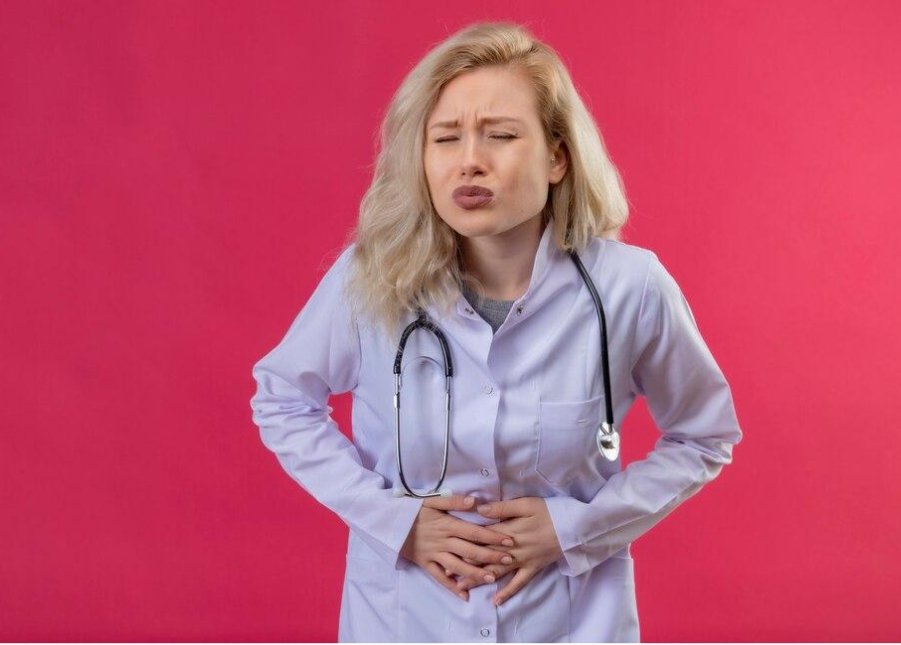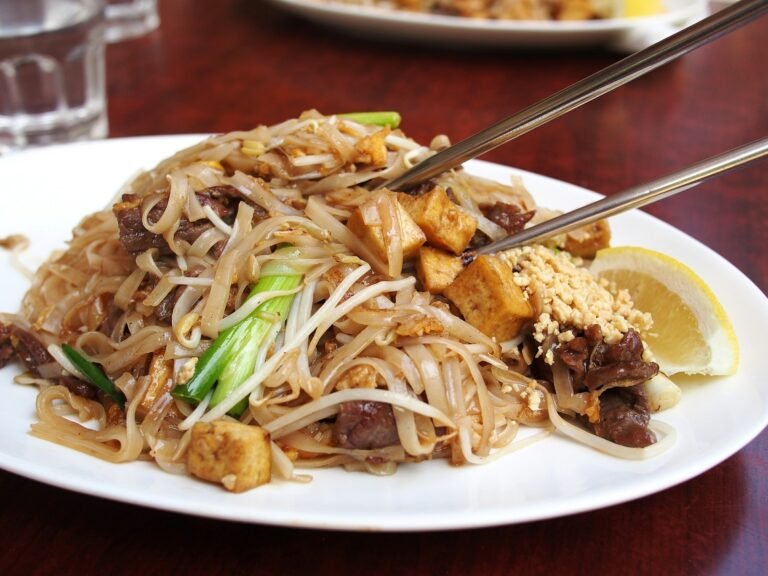Say Goodbye to Period Pain – Doctor-Approved Solutions Inside
Period pain is an incredibly common experience that millions of people go through every month. Whether it’s sharp cramps, lower back pain, or bloating, these symptoms can greatly affect daily life and well-being. Fortunately, there are multiple effective strategies for easing period pain and achieving comfort during menstruation. This comprehensive guide covers the most effective and proven methods for managing period pain like a pro.
A Note on Period Pain
Period pain, or dysmenorrhea, is a common issue faced by many individuals during their menstrual cycle. It often manifests as cramping in the lower abdomen but can also include lower back pain and leg discomfort. Understanding the root causes and symptoms of dysmenorrhea is crucial for selecting the most effective treatment methods.
Primary vs Secondary Dysmenorrhea
Primary Dysmenorrhea pain is not associated with any other medical condition. It is usually due to the production of prostaglandins, chemicals that cause the uterine muscles to contract, leading to cramps.
Secondary Dysmenorrhea pain is linked to other medical conditions such as endometriosis or fibroids. Secondary dysmenorrhea often requires addressing the underlying condition to alleviate pain effectively.
How to Use Heat Therapy?
A portable heating pad can be easily applied to your lower abdomen. Choose a pad with adjustable settings for customized comfort.
A classic and cost-effective solution, a hot water bottle can provide consistent warmth to soothe cramps.
Immersing yourself in a warm bath with Epsom salts can provide full-body relief and promote relaxation.
Disposable heat patches are a convenient option for ongoing, hands-free relief throughout the day.
How Utilizing Heat Therapy and Considering Over-the-Counter Medications plays a role?
Applying heat to the lower abdomen can provide significant relief from dysmenorrhea. Experts recommend using a heating pad, hot water bottle, or warm bath to ease cramps. The warmth helps relax the uterine muscles and improves blood flow to the area.
Nonsteroidal anti-inflammatory drugs (NSAIDs), such as ibuprofen and naproxen, are effective for reducing dysmenorrhea. These medications work by decreasing the production of prostaglandins, thus alleviating cramps. Always follow the dosage instructions and consult with a healthcare provider if you have any concerns.
Practice Relaxation Techniques and Consult with a Healthcare Professional
Stress and anxiety can exacerbate dysmenorrhea. Incorporating relaxation techniques into your routine can help manage discomfort. Techniques such as deep breathing exercises, yoga, and meditation can promote relaxation and reduce the intensity of cramps.
If period pain is severe or does not improve with over-the-counter treatments and lifestyle changes, consulting with a healthcare professional is essential. They can help diagnose any underlying conditions and recommend appropriate treatments, such as hormonal contraceptives or other prescription medications.
What are some Preventive Measures and Long-Term Management?
Maintain a Regular Exercise Routine
Consistent exercise not only helps manage dysmenorrhea but also contributes to overall well-being. Incorporate both aerobic and strength-training exercises into your routine for comprehensive benefits.
Adopt Stress Management Strategies
Effective stress management is crucial for overall health and can aid in reducing period pain. Explore techniques such as mindfulness, progressive muscle relaxation, or engaging in hobbies to manage stress levels.
Monitor Your Menstrual Cycle
Keeping track of your menstrual cycle and symptoms can help identify patterns and triggers for dysmenorrhea. This information can be valuable when discussing treatment options with your healthcare provider.
What are the Top Herbal Remedies for Period Pain?
Ginger has been shown to reduce inflammation and alleviate nausea, both of which are common during menstruation. Drinking ginger tea or adding fresh ginger to warm water can help ease cramps.
Chamomile has anti-inflammatory properties and can act as a natural muscle relaxant, which is ideal for reducing cramps and promoting relaxation.
Peppermint is known for its ability to soothe the digestive system, reduce bloating, and alleviate cramps.
Cinnamon is another herb that helps with menstrual discomfort, as it has anti-inflammatory and antispasmodic properties that can reduce uterine contractions.
What is the role of the best organic sanitary pads for managing Period Pain?
One of the primary benefits of organic sanitary pads is their potential to reduce skin irritation. Traditional pads often contain synthetic fibers, fragrances, and chemical additives that can cause allergic reactions or irritate sensitive skin.
Organic pads, made from certified organic cotton, are free from harsh chemicals, dyes, and fragrances. This reduces the risk of irritation and provides a gentler option for individuals with sensitive skin or allergies.
Opt to the best organic menstrual pads, which are designed with breathability in mind. The use of natural fibers such as organic cotton allows for better air circulation, reducing moisture buildup and enhancing comfort. This breathability helps in preventing the growth of bacteria and yeast, which can contribute to infections and discomfort.
Hormonal Contraceptives and Prescription Medications
Hormonal contraceptives, such as birth control pills, patches, or intrauterine devices (IUDs), are commonly prescribed to manage period pain. These methods work by regulating or suppressing ovulation and reducing the production of prostaglandins, which can significantly decrease menstrual cramps.
Hormonal contraceptives can also help in managing other menstrual-related issues such as heavy bleeding and irregular periods.
Prescription NSAIDs may be more potent than over-the-counter options and can provide greater relief from severe cramps and Certain types of antidepressants, such as selective serotonin reuptake inhibitors (SSRIs), may help manage dysmenorrhea associated with premenstrual dysphoric disorder (PMDD).
Conclusion
By incorporating herbal remedies, heat therapy, exercise, dietary changes, stress management techniques, and essential oils, you can significantly reduce the intensity of menstrual cramps and enhance your comfort during menstruation. With a little attention to self-care, you can create a personalized plan to ease period pain naturally, without relying on pharmaceutical medications.




